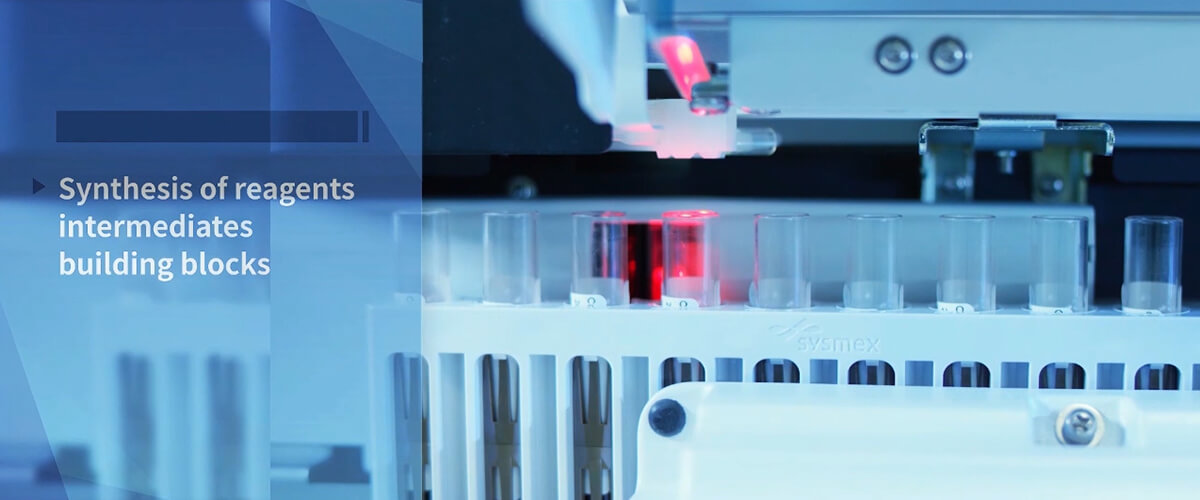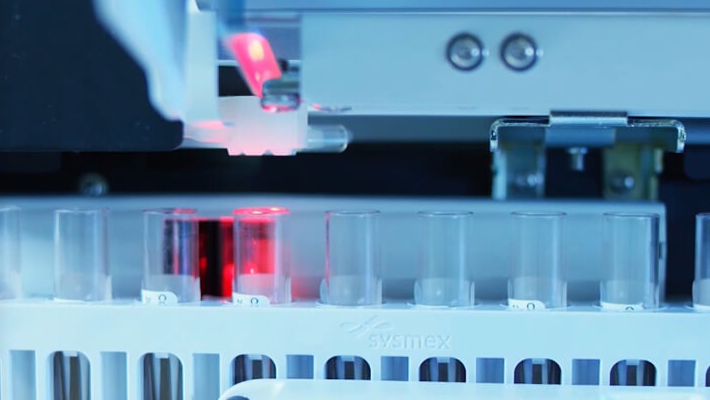Understanding Preclinical Research: The Key to Successful Innovative Drug Development

The first challenge in drug development is preclinical research of new drugs, which refers to chemical synthesis or natural product purification studies, drug analysis studies, pharmacodynamics, pharmacokinetics, toxicology, and pharmacology studies performed before a drug enters clinical studies. Preclinical studies of new medicines escort the development of innovative drugs.
To New drug registration, it's vital to conduct preclinical research, including studies on the synthesis process, extraction method, physicochemical properties and purity, dosage form selection, prescription screening, preparation process, testing method, quality standard, stability, pharmacology, toxicology, animal pharmacokinetics, etc. Chinese medicine preparation also includes the original herbs' source, processing, and concoction. Biologics has quality standards, preservation conditions, genetic stability, and immunology studies of starting materials such as strains, cell lines, and biological tissues. Medicilon is a preclinical research outsourcing (CRO) company that can provide customizable preclinical trial service solutions with expertise in drug metabolism, pharmacokinetics, pharmacodynamic studies, and toxicology.
Safety evaluation studies in preclinical studies must implement the "Quality Management Practice for Drug Non-clinical Studies" (GLP), and preclinical studies of new drugs include the following.
Including:
(1) The study of the physical and chemical properties of new drugs such as properties, molecular formula, structural formula, dissociation degree, PH value, physical constants (melting point, boiling point, freezing point, etc.), osmotic pressure, complexes, etc.;
(2) New drug processes research such as route, reaction conditions, production process, and refining methods;
(3) Antibiotic strains, culture media research;
(4) Chemical raw material specifications research;
(5) Animal and plant raw material sources, scientific names, drug names, or extraction site research;
(6) Preparation of prescriptions, process conditions, and refining process research; compound preparations prescription basis. Excipient specification standards, sources, and other research.
2, Pharmacology and Pharmacodynamics Study
Generally include the leading pharmacodynamic research, general pharmacological research, and research on compounded formulations in three aspects. Preclinical pharmacodynamic evaluation is based on the early analysis of new drugs, further systematically evaluating the efficacy of new drugs, drug in vivo processes, drug safety, and mechanism of action of the critical technology, which is a vital part of new drug development and new drugs before entering clinical research.
However, for a long time, it has been common to pay too much attention to safety and less to efficacy and action characteristics, and pharmacodynamic evaluation still needs to include guiding principles and research specifications.
Therefore, reducing subjective factors, increasing the scientific, standardized, and reproducibility of pharmacodynamic evaluation, drawing on advanced experience, and better guiding clinical research are the main tasks of preclinical pharmacodynamic assessment in the future, and establishing a scientific and standardized pharmacodynamic and evaluation platform that is in line with international standards is critical to promote the R&D of innovative drugs in China.
3, Pharmacokinetic research
It mainly refers to the study of the absorption rate of drugs, the degree of absorption, the distribution of organs in the body, and the speed and degree of excretion. Pharmacokinetics is an essential and indispensable research content in the R&D of innovative drugs and even determines the fate of drug development.
Pharmacokinetics is a multi-interdisciplinary discipline that quantitatively studies drug absorption, distribution, metabolism, and excretion (ADME) in the body. Also, it integrates the relevant knowledge of many fields, such as pharmacology, drug analysis, pharmacy, herbal medicine, cell biology, molecular biology, and experimental zoology. Applied pharmacokinetics research mainly includes preclinical evaluation and declaration of innovative drugs, clinical pharmacokinetic study, evaluation of new medications, pharmacokinetic analysis of traditional Chinese medicine and biomolecule drugs, etc.
4,Toxicology research
It includes toxicity tests of systemic drugs, toxicity tests of local medications, and thorough toxicological research (mutagenicity test, reproductive toxicity test, carcinogenicity test, and drug dependence test). Since the 1990s, after optimizing and improving the absorption and bioavailability of drugs through pharmacokinetics and drug metabolism, the toxicity factor of drugs has become one of the main reasons for the failure of new drug development or withdrawal. According to statistics, most withdrawn drugs are accompanied by severe toxic side effects and must be removed from the market with pain.

Understanding the mechanism of toxicity can solve the problem at the root. From the drug discovery and development perspective, studying the mechanism of the toxic effects of drugs can enhance and improve the relevance of drug safety evaluation. In general, toxicologists often study the molecular mechanisms of harmful effects by analyzing the following fundamental questions: How does the toxicant enter the body or cells? How is it distributed and metabolized in the body? How does it interact with target molecules? How do they exert their toxic effects at the molecular level? How does the organism respond to a deadly attack? What are the downstream biological consequences of a harmful attack?
In the development process of new drugs, the first thing to be tackled is efficacy, and only after that, the safety evaluation in terms of toxicity will be carried out. In the development process of many drug candidates, due to the lack of a pharmacological-toxicological database of a series of drugs in a particular field or the lack of prediction ability of some structural fragments by the person in charge, when a lot of human material and financial resources are invested, and the project is gradually carried out to large animals, sometimes there will be people "painful" toxicity problems, and at this time, for the team, is highly embarrassing.
5,Stability study
It mainly includes chemical stability, physical stability, and microbial stability. Stability studies are based on the systematic study and understanding of APIs or formulations and their production processes and the design of tests to obtain the pattern of changes in the quality characteristics of APIs or formulations over time under the influence of various environmental factors (such as temperature, humidity, light exposure, etc.), and accordingly provide supporting information for the prescription, process, packaging, storage conditions, transportation, use and expiration/review period determination of the drug.
Drug stability studies are the process of applying scientific analytical methods and principles to assess the overall quality of a drug product and play an essential role in the entire life cycle of a drug product.
Preclinical research efforts aim to learn as much as possible about all aspects of drugs before they are used in humans, thereby minimizing risk. No one will want to take a medicine that may or may not contain a toxic excipient, nor will anyone want to take a drug with an undetermined amount of active ingredients. Therefore, even at the preclinical stage, developers must demonstrate that they can produce compositionally precise and identical medications at any point in time, even in the case of mass production.

 The first challenge in drug development is preclinical research of new drugs, which refers to chemical synthesis or natural product purification studies, drug analysis studies, pharmacodynamics, pharmacokinetics, toxicology, and pharmacology studies performed before a drug enters clinical studies. Preclinical studies of new medicines escort the development of innovative drugs.
The first challenge in drug development is preclinical research of new drugs, which refers to chemical synthesis or natural product purification studies, drug analysis studies, pharmacodynamics, pharmacokinetics, toxicology, and pharmacology studies performed before a drug enters clinical studies. Preclinical studies of new medicines escort the development of innovative drugs.

